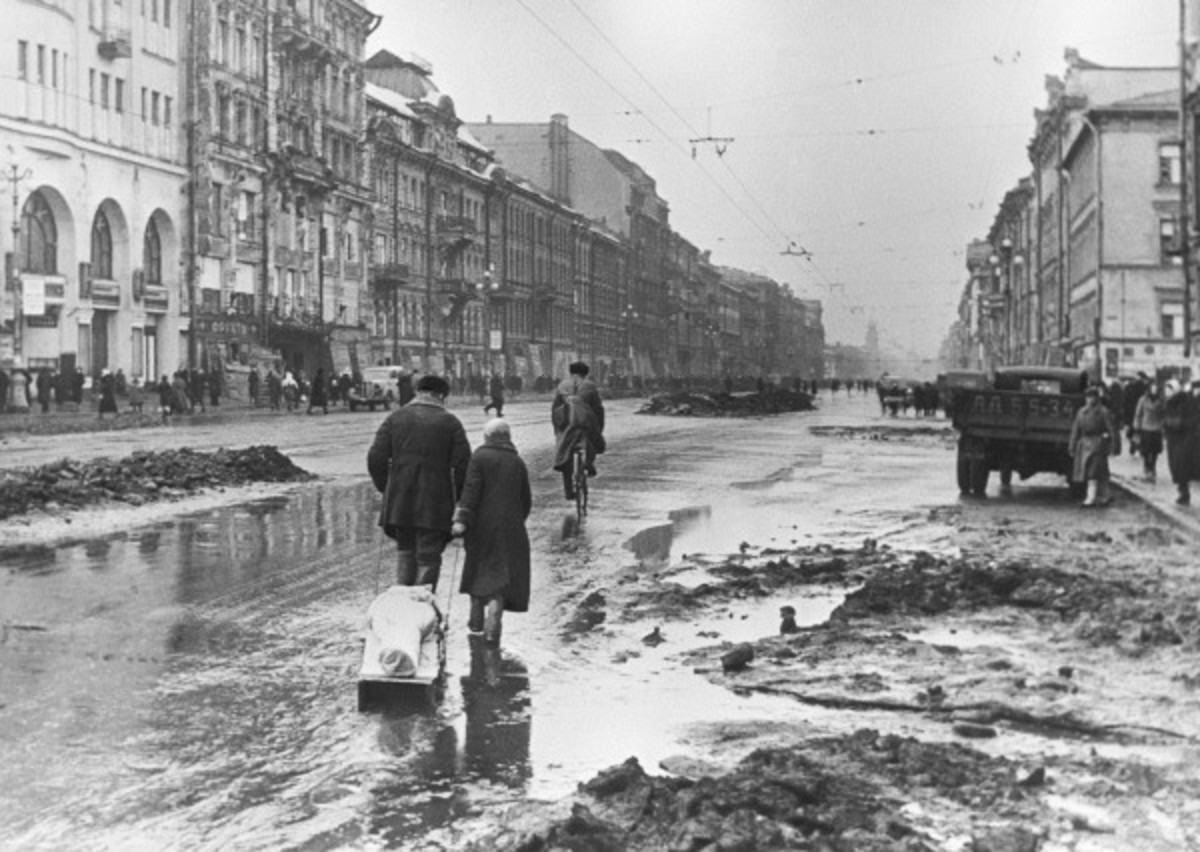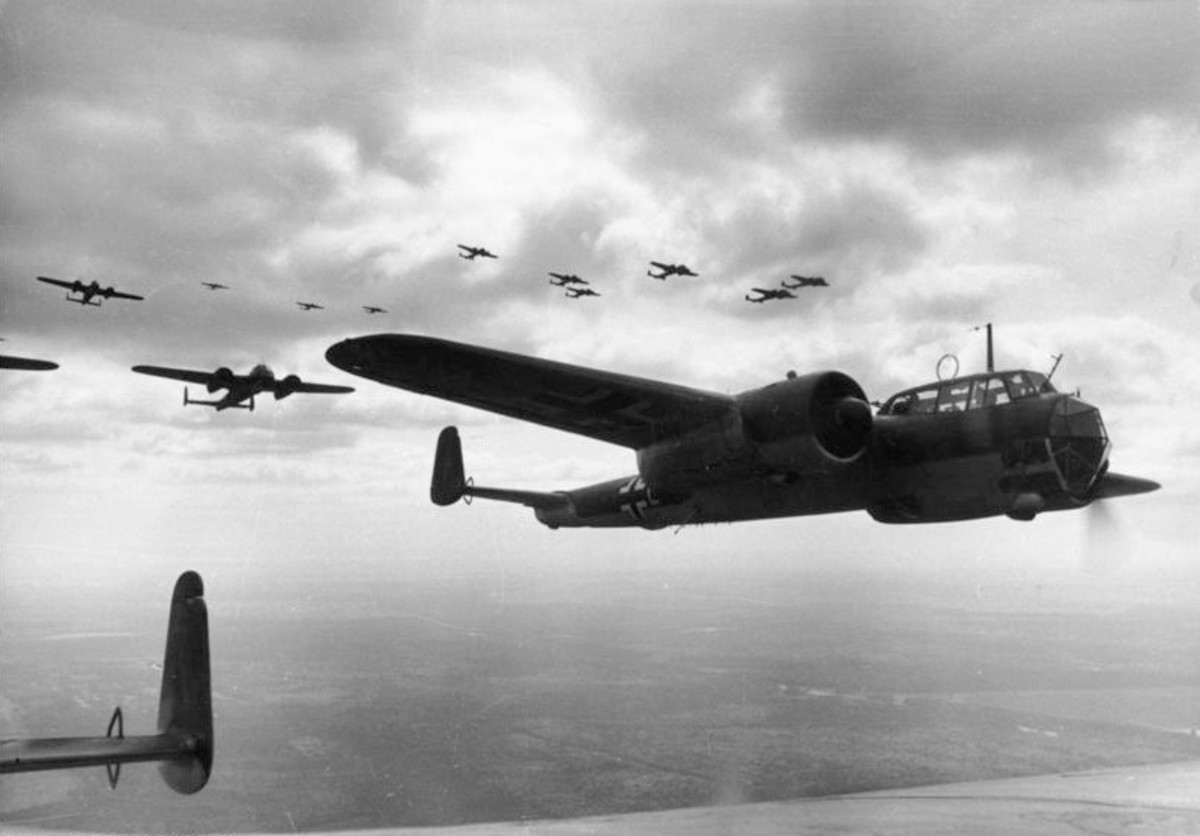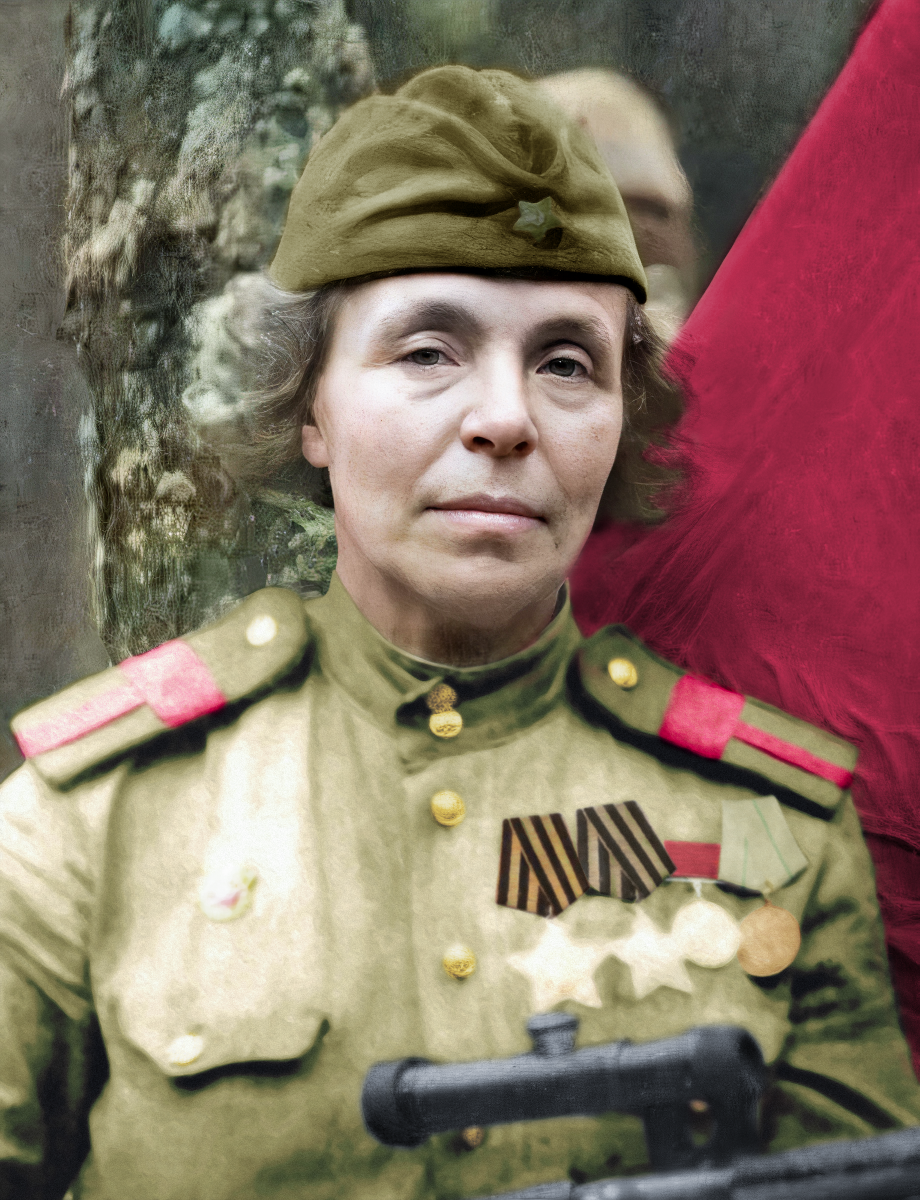- HubPages»
- Education and Science»
- History & Archaeology»
- History of the Modern Era»
- Twentieth Century History
French Resistance Fighters in World War II
The Fall of France 1940
At 12 noon on 14 June 1940, German tanks and troops marched past the Champs Elysees into the Centre of Paris and into the Heart of France.
Machine gun posts were set up at strategic points throughout the city and wireless stations were seized, the German army was in Paris and France was a country in occupation.
Swastikas were draped over official buildings, posters of Adolph Hitler placed in shop windows and although the French Gendarme was still patrolling the streets, the German army was in command.
The French Government fled to Bordeaux to escape the advancing Germans.
On June 16th 1940, Marshal Phillipe Petain became Prime Minister of France and immediately contacted the Nazi's to discuss a peace agreement.
On June 18th, Charles de Gaulle gave an address to the French people from London asking them to continue the fight against the German aggressors.
In 1918 in a railway carriage in the forest of Compiegne, the armistice was signed ending World War I.
Just 4 days after the German army invaded Paris and in the same railway carriage, another armistice was signed, this time Germany were the victors.
Hitler in Paris June 23 1940
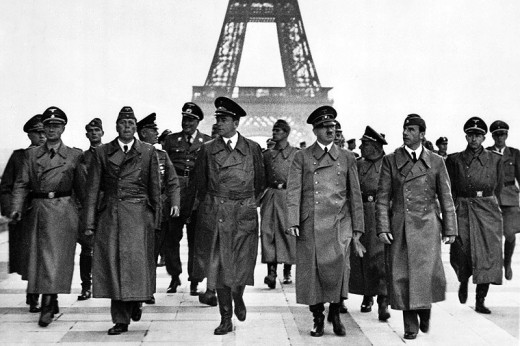
The French Resistance
The French army was unified in their response to the armistice relieved that there would be no more fighting and the recognition that they were now under German control.
The people of France contrary to those in the armed forces did not take too kindly to Hitler’s invasion of their country and in the name of a free France and liberty, the resistance movement grew; ordinary people took arms to fight for their freedom.
Led by General de Gaulle, Hundreds of thousands of Frenchmen and women joined the French underground, some bore arms, some printed anti-fascist literature and others supplied the Allies with valuable intelligence to help thwart the German onslaught.
To an outsider looking in it would seem that the French resistance was an unorganized rabble of misfits creating trouble for their oppressors by blowing up bridges and train tracks but they were a well-organized group and highly trained.
General Charles di Gaulle
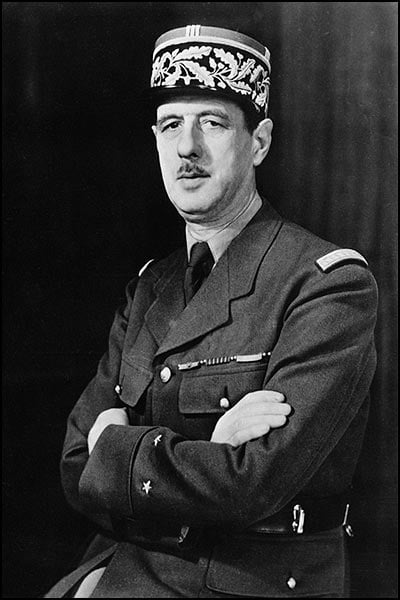
french resistance ww2
Organising the Resistance Movement
In the first few months after the German invasion of France there was no organization to the French resistance, usually a group of friends would get together and decide that something "had to be done". They would find a way to print off some propaganda leaflets, badges and some even produced newspapers under the nose of the Nazi’s but with little organization and planning these groups never lasted long.
There were over 1000 of these small groups although the exact number was never known.
By June 1941, these groups had become more organized, but because of the difficult political background of France they were still split, there was a communist group a group who supported Di Gaulle and a group organized by the British Special Operations Executive.
Although the Vichy area of France was unoccupied, they worked in collaboration with the Germans and were to a point self governed, this changed in 1942.
The Vichy area of France remained unoccupied by the German army and was governed by General Philippe Petain; Petain Declared publicly that France had a common goal with Germany, "The defeat of Britain".
Petain although was collaborating with the Nazi regime, was also working with the antifascist Resistance movement.
Nazi Occupation of France
The Occupation of Vichy
On November 10th 1942, German troops invaded the Vichy area of France, the entire country was now under Nazi occupation. The invasion of Vichy was a direct response by Germany to an attack by the British and free French Forces on Syria, Syria was defended by Vichy forces and after a hard battle the allies captured Damascus, Pro British forces held on to Syria till the end of the war.
The invasion of Vichy gave the resistance some momentum, not only were the North of France resisting against the German occupiers, but now the southern half were joining the fight.
WW2 - French resistance
The Resistance Fighters
The French resistance was getting more and more organized, working hand in hand with the Allies they carried out strategic attacks, printed propaganda and sent vital strategic information about German movements.
Normal everyday people were thwarting the Germans, disrupting supply lines, weakening defenses, demolishing radio transmitter stations and causing as much mayhem as was possible to slow German progress.
Selfless, they all wanted the same thing "Freedom" and some paid the ultimate price for the cause, many were killed on capture or were taken prisoner and sent to concentration camps, certain death awaited them there.
The resistance was a valuable source of information to the allies, none more so in the build up to the Normandy landings.
The Normandy Landings
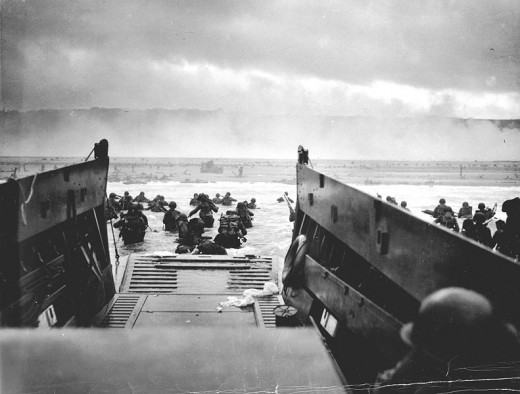
American troops march down Champs-Elysees
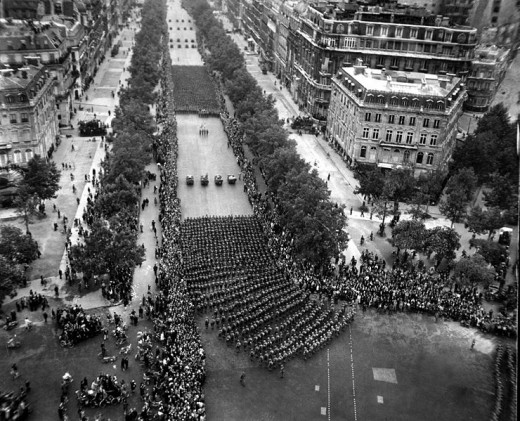
D-Day and the Resistance
French resistance fighters played a vital part for the allies in the months before the D-Day landings in Normandy.
Without attacking the German armies directly the resistance were able to hamper their every move by destroying communications, supplying vital intelligence of troop movements and destroying the French transport system, preventing supplies getting through to the German lines.
The Germans knew that the allies were going to attack France but they did not know where or even when it would happen, the resistance fed the Nazi's false information on a daily basis, which led them to believe that when the assault came it would be at Calais, rather than Normandy.
The information received by the Allies from the French was critical to the success of the D-Day landings. French fishermen were able to give exact locations of troops, pillboxes, fuel dumps and more strategic information that proved vitally important in the run up to the big day.
French office workers who worked for the Germans were able to provide details of supply movements like rations for the troops, fuel movements and arms movements. Resistance fighters often hampered these movements.
On the eve of D-Day French, resistance fighters virtually destroyed the French rail network, which was the most used form of transportation for German troops and supplies, to take the scent away from the point of Focus Normandy; over 900 sections of railway were blown up in locations throughout the whole of France.
The French resistance prepared the ground for the allied attacks on Normandy and although thousands of allied soldiers lost their lives on that fateful day, the number of dead could have been double or even treble without the information and preparation undertook by these unsung hero's of World War II





